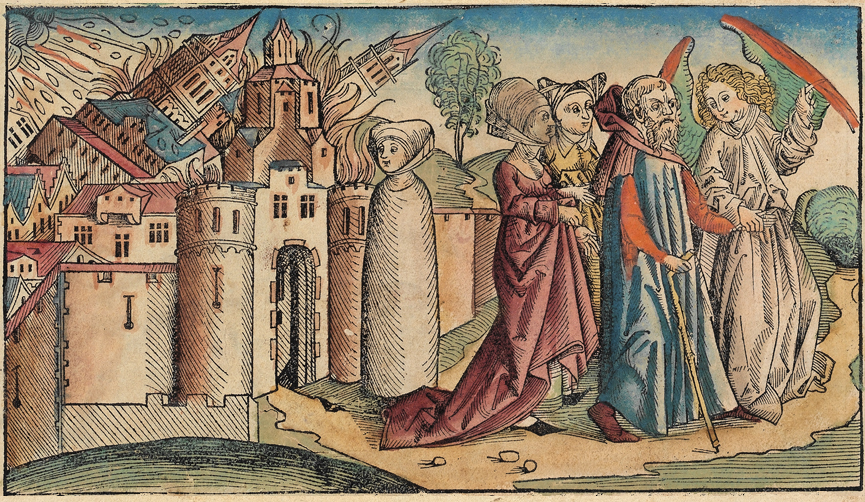
This verse of the Sanaa palimpsest needed a bit more study rather than discuss on the spot. The variant in the Sanaa palimpsest at Q9:18 is interesting, but the context is important. This 'variant' when taken out of context looks spectacular, but it's clearly an error. 🧵 
https://twitter.com/DerekPodcast/status/1451260634922950667

To understand what is happening with the Sanaa lower text, we actually need to look at the context of Q9:18, and specifically the verse that follows Q9:19. Here's the standard text: As you can see the jāhada (not jihād!) fī sabīli llāhi actually occurs in the following verse. 

The transcription in the video was technically correct, but it should be clear that all of the material that appears to replace the standard text, is actually material present right in the next verse. 

Where these two verses conflated into one? Nope. because the next verse is also there. In other words: the Sanaa palimpsest is saying : "who believes in Allah and the Last Day and strives in the cause of Allah" twice.
So there's nothing 'shocking' about that text being there.
So there's nothing 'shocking' about that text being there.

The same text is in the standard text. However, here the standard text is clearly superior here. Why would the Sanaa text be saying the same thing twice? That doesn't add any real semantics.
It seems to me that it is quite likely we are dealing with an error here.
It seems to me that it is quite likely we are dealing with an error here.
Since the verse are so close to each other have the exact same sequence من آمن بالله واليوم الآخر, it is likely that this is a scribal error through parablepsis. The eye of the scribe copying the exemplar of the text jumped from one verse to the repeated phrase in the next.
Now parablepsis might not entirely explain this verse, since he picks up the proper verse Q9:18 again after jāhada. It could therefore also be an error of the mind: since these verses are close and start the same, the scribe conflated them.
Either way: the Sanaa palimpsest is not somehow promoting "jihād" where the standard text isn't. The standard text is semantically more complex and more complete, and therefore probably superior. The variant found in the Sanaa palimpsest is likely an error.
@threadreaderapp unroll
• • •
Missing some Tweet in this thread? You can try to
force a refresh





















